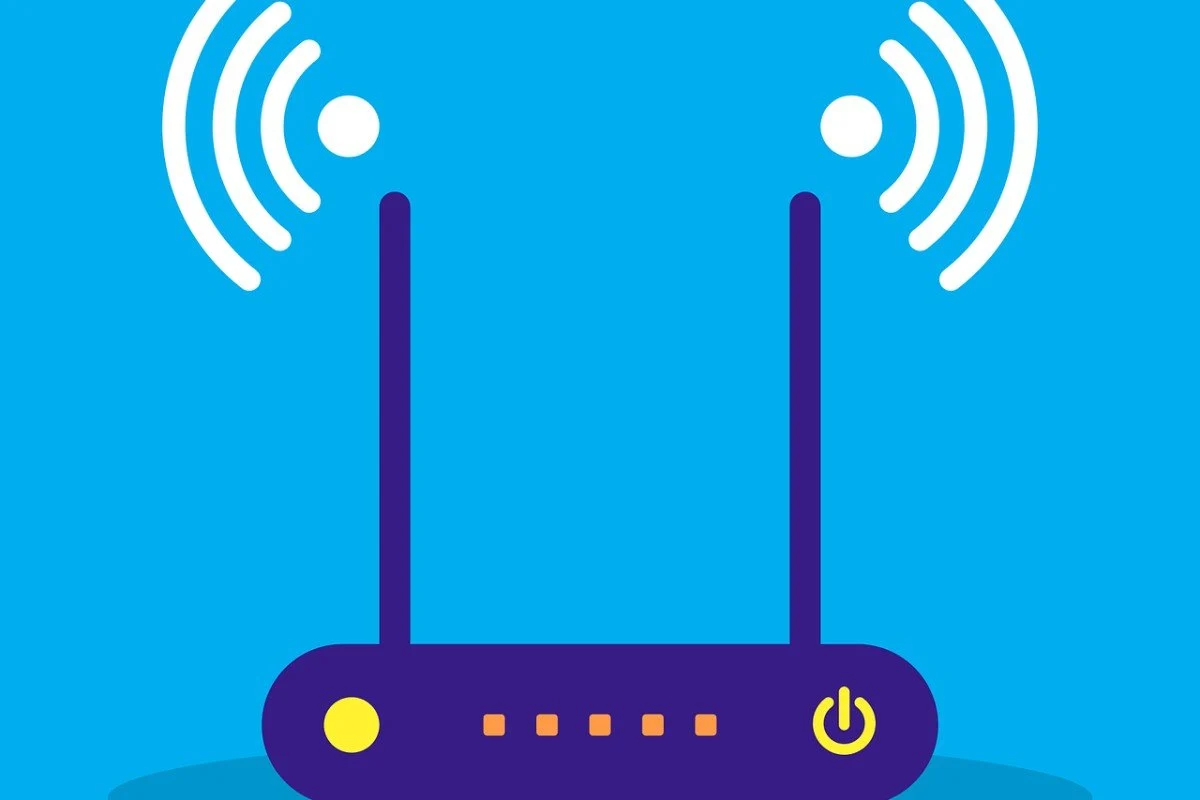In this day and age it is essential to have a reliable and strong WiFi signal is essential for seamless connectivity and productivity. The key to reaching this goal is the careful location of a Wireless Access Point (WAP). It is vital to place your WAP in a manner that maximizes the WiFi signal strength and stability. Let’s explore the importance of WAP devices and how to choose the best home access point for optimal wireless connectivity.
Wap Wireless Access Points are essential network devices that allow wireless-enabled gadgets to join wired networks through WiFi and similar standards. It’s a vital device that allows you to extend the reach of your wireless network and also eliminate the requirement for massive wires. WAPs WAP receives the data of a router using an Ethernet cable and converts this data into radio signals. The WAP device can pick up this signal, giving them access to networks.

WAP Placement: The Impact
It is important to place an WAP with care to ensure a stable WiFi signal throughout your area. The position of the WAP can impact the quality of your signal, the area of coverage, and overall efficiency of the WiFi network. The placement of the wireless access point at the right location will assist in reducing interference and enhancing coverage, while also improving the connectivity of users.
Factors affecting WAP signal strength
Several factors can affect the information that a WAP transmits to your devices. They include:
Signal strength is the potency of the signals sent by WAP.
Range: The length of distance over which the WAP can transmit a clear and steady signal.
Interference Reception of interference or electronic devices can disrupt the WiFi signal.
Find the Best Access Point to Home
The best WAP is crucial for a fast and reliable WiFi connection at office or at home. Take into consideration these aspects when selecting the right access point to your home:
Signal Range and Strength: Look for a WiFi that has high signal strength and large coverage range. This will guarantee that your WiFi signal is available within the desired location with no dead zones.
Interference Management: Select the WAP that is equipped with technologies that reduce interference. This could include dual-band or tri-band capabilities to navigate crowded WiFi channels.
Easy Configuration and Setup Select a WLAN with a simple configuration and setup. The installation process is simplified and easy to use reduce the amount of time and effort.
Security Features: Choose WAPs that have strong security features like encryption protocols, security settings, and security settings. This will help protect your data and network.
Scalability: Ensure the WAP is able to manage the amount of devices will be connected. Scalable WAPs grow with the network, making them a future-proof purchase.
Optimizing WAP placement to get the best performance
Central Position: Place the WAP to ensure the signal from WiFi is evenly distributed throughout the area. This helps reduce dead zones and provides an even connection throughout the property.
An elevation: Position the WAP in a higher spot like the ceiling or wall. This lets the signal be broadcasted more effectively and provides better coverage.
Avoiding Interference: Keep the WAP away from objects or materials that could interfere, such as cellphones, microwaves, or structures made of metal. This will ensure a strong and clean WiFi signal.
Professional Assessment: Consider consulting with IT experts for a thorough evaluation of your area. They can determine optimal WAP placement locations based on particular needs.
The final sentence of the article is:
In today’s rapidly changing world of technology, an efficient WiFi connection is essential. Wireless Access Points are essential for this, since they extend your network and offer a stable WiFi connection. The placement of your WAP in a strategic manner and selecting the best wireless access point are the most important factors in achieving optimal WiFi performance.
Spending time and energy the evaluation of your space, knowing the factors that affect the strength of your WAP signal, and taking into consideration the most important aspects of a WAP will make a significant difference. The potential of your WiFi network by gaining a thorough understanding of the art of and science behind WAP placement.